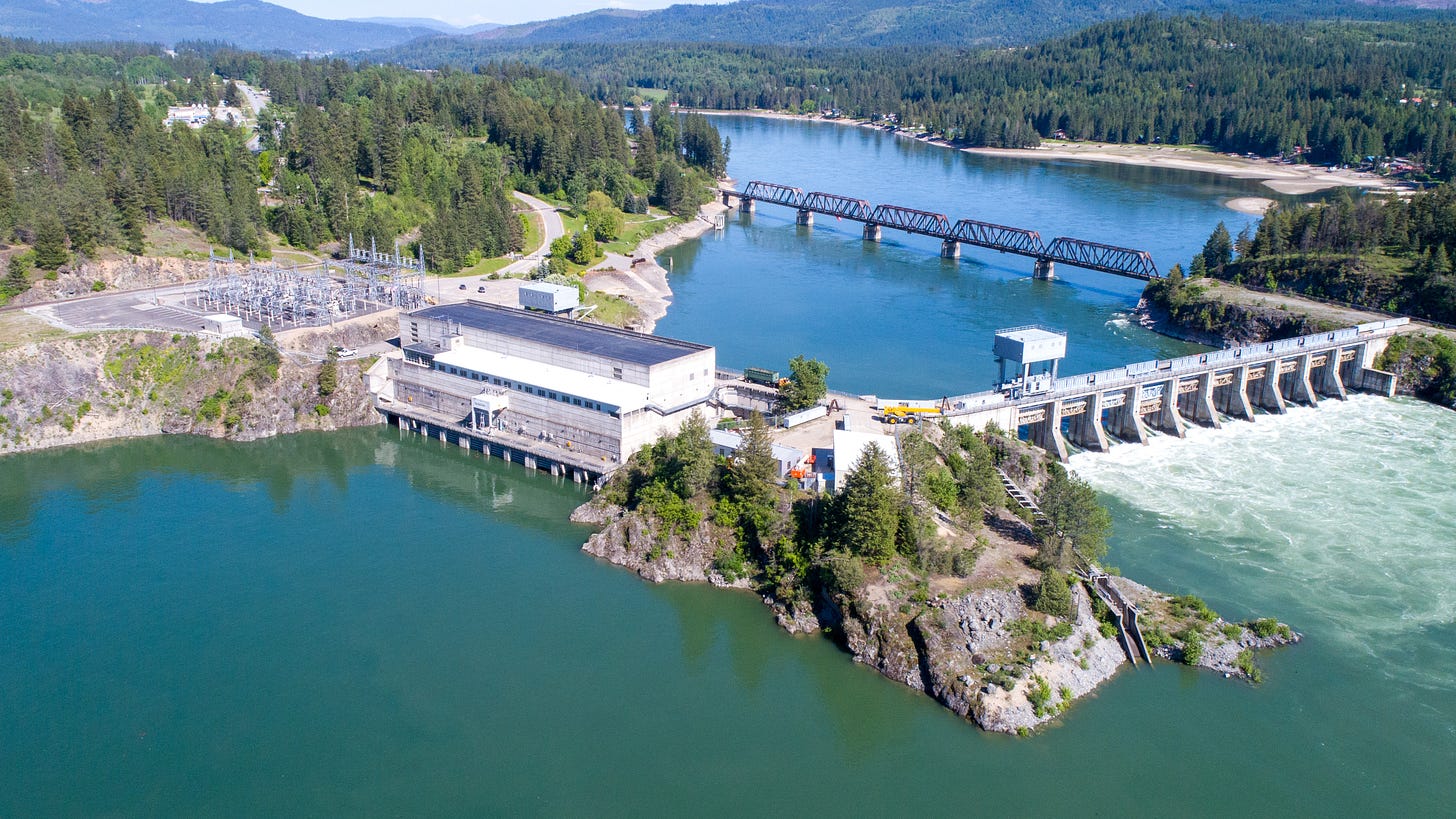I was recently made aware of a petition asking citizens to join in opposition of the Army Corp of Engineers Lake Pend Orville management of an invasive seaweed species. This made me wonder about the lake ecology and whether my thoughts about how the lake environment has been altered in such a way that new lake flora and fauna balances have been affected over the past decades since interference began.
I live near Lake Pend Oreille, located in the Idaho panhandle, and have enjoyed access to it for all my life. Over my lifetime, I have witnessed many changes to its ecology, including fish specie population changing, seaweed changes, and contamination making the water undrinkable.
First we dam it up. Next we start using fertilizers to make some of our lawns green. Then we invade by the thousands. Of course, the invaders require green lawns — more phosphate, more nitrogen, and potassium. Then we keep the water level high for the entire summer as the invaders require it that way to play with their motorboats. All the while, we expect no impact on the lake ecology.
Should we examine our actions over a few decades past?
What is the reason for the changes to the ecosystem of the lake over my short 70 years life? One of the first things that was very noticeable was the introduction of the Albeni Falls hydroelectric dam. The dam is taken to be beneficial by producing electricity and managing water levels such that spring flooding is eliminated and electricity is produced for use by citizens. These changes have been welcomed by the citizens who live near and use the lake for recreation. However, the fish who travelled the waterway — the Pend Oreille river and lake — may disagree if they had a voice. They might say something like “We can’t jump that high!” Citizens recognize peril to the fish.1 But well … if the dam were not there, citizens would not need to “save our lake” regarding fish population. OK, the dam is there, it is not going away soon and citizens are attempting to “help”the fish in their predicament.
The homo sapiens population around the lake has increased and is increasing rapidly. Different from fish, the humans can, and do, change what comes into the lake. For example, near where I live is a backwater we used to call “Fry Creek Slough” because Fry creek flows into it. It properly named “Sagle Slough”. When we were young, the slough was full of Crappie and Perch and seaweed native to the lake. Turtles lined up on deadfall logs and would dive in the water in a picturesque dance as we floated by them on our log raft. There were very few houses along the waterway at that time. Now, there are no turtles or fish that live there anymore — they have been replaced by homo sapiens with green lawns. There are no deadfalls because the trees have all been felled for houses and green lawns. Hmmm … green lawns makes me wonder how much phosphorus, nitrogen, and potassium is required to make them so green. Because the soil is so sandy, a good bit of the fertilizer can not be taken up by the plant life before it gets into the lake.
Now we find that the lake has become a happy place for a new kinds of seaweeds such as flowering rush and milfoil. The citizens do not like that and biologists say “We must rid the lake of invasive plant species.” Fair enough, but now is perhaps the time to examine our own actions — quite possibly the root cause for the problems we now wish to overcome.
Did we follow a winding path from flood control and electrical power that led us to add lakeshore houses, green lawns, and all that comes with these changes — not to mention “helping” for the fish get back upstream now that they can not? Of course the annual fill and drainage of the lake makes it difficult to easily access the many boat launches all summer long. And we certainly want our green lawns to meet the water in crisp lines. The natural cycle of fill up and drain that used to follow the seasonal water flow makes for difficulties and unsightly muddy shore lines in the summer and fall months.
Here we are, nevertheless
What are the risks for adding one more intervention as advocated by the “Save our lake so we can swim in it!!” petition. Basically, this petition asks to intervene against an intervention which itself may have been the result of previous interventions. It may be stopping the most recent intervention may prevent sickness in the humans who swim in the lake. It is not clear what happens to the fish and it is even less clear the invasive seaweed will be eliminated. It might be time for the citizens in Idaho to have a think about the risks in balance with the consequences of their actions over several decades of interventions on nature.2
To read more of Ernie ‘s writing and research, go to Ernie ‘s newsletter or ORCiD.
The city of Good Grief, ID is not the actual subject of this article :)




